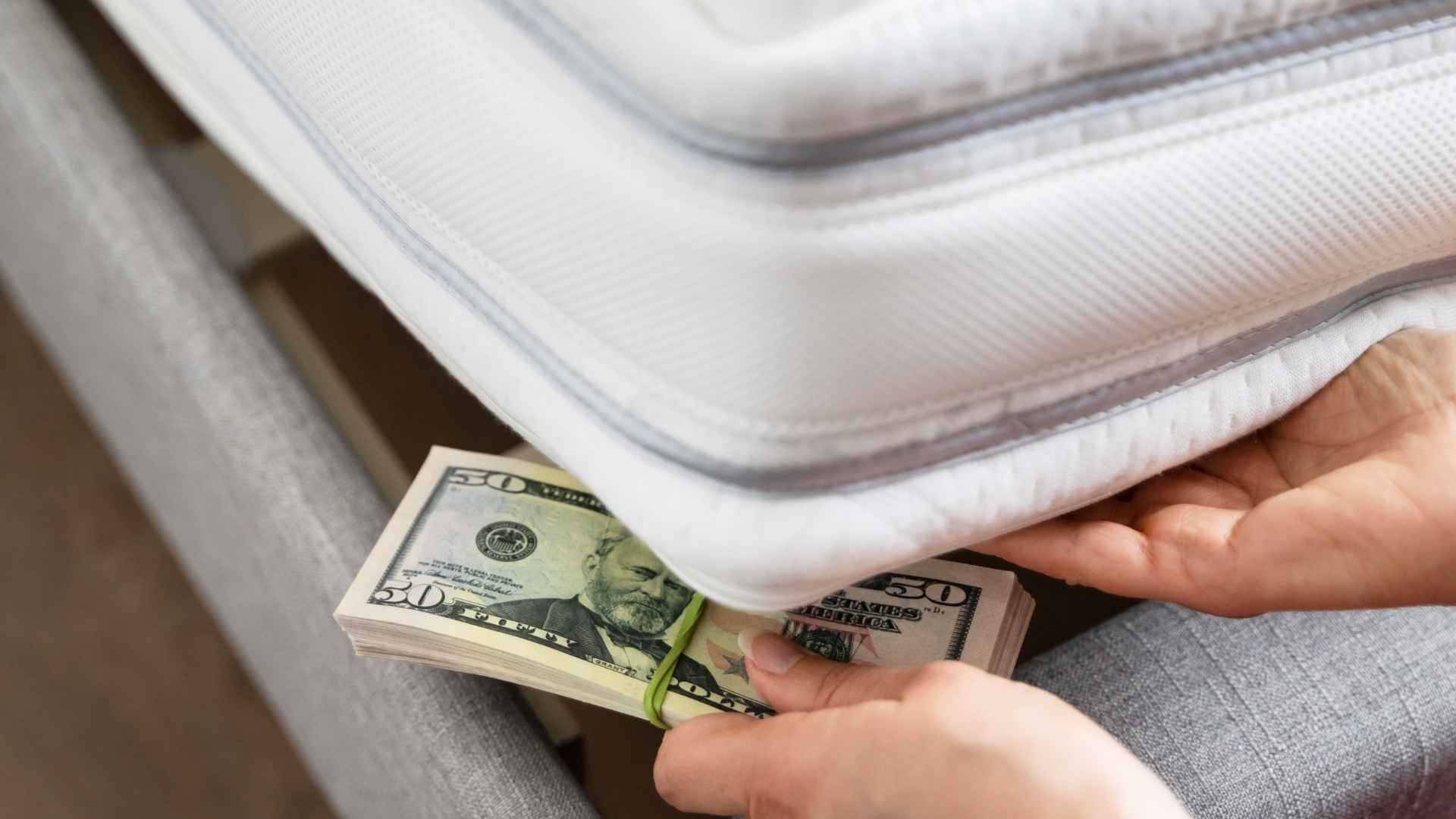Experts are warning that stashing money around the house can lead to unexpected losses and missed opportunities. Many Americans do keep some emergency funds at home, but the big question is: Are you putting your savings at risk without even realizing it?
Recent findings from financial management app Piere show that the average person has around $544 in cash and valuables at home. The survey, conducted among 1,500 adults, revealed that 10% prefer a home safe, while others choose less conventional methods like secret drawers, freezers, mattresses, or even floorboards. According to Yuval Shuminer, Piere’s founder, too much home-stashed money might be more trouble than it’s worth.
Here is why hiding large amounts of money at home can leave you unprotected
One critical issue is that home insurance policies typically set a special limit on cash. Shannon Martin, a licensed insurance agent with Bankrate, points out that many policies only cover up to $200 for paper currency. Any sum beyond this limit may not be recoverable if disaster strikes.
Who wants to gamble with that? Moreover, losing out on potential returns from high-yield savings or investment accounts could be a financial setback over time.
How to safeguard your savings and still keep an emergency stash at home
Experts advise maintaining a balance. Carolyn McClanahan, a certified financial planner, suggests keeping a small amount of cash for urgent needs—especially useful during natural disasters or power outages. Certified financial planner Lee Baker recommends having enough to last a day or two, stored in one secure spot so everyone in your household knows where to find it quickly. Below is a brief table illustrating safer options for storing money:
| Storage Method | Main Advantage | Possible Drawback |
|---|---|---|
| Bank Checking Account | FDIC-insured, easily accessible | Low or no interest |
| High-Yield Savings | Potentially higher APY | Funds may take time to withdraw |
| Investment Accounts | Long-term growth potential | Market volatility |
| Home Safe (for some cash) | Immediate access during emergencies | Risk of theft if not concealed |
Consider high-yield savings accounts offering around 4.20% APY, which can significantly outperform the typical 0.6% APY. For mid- and long-term goals, look into stocks, bonds, or funds—investments often outpace inflation if held for extended periods.
Simple steps to keep your cash secure and still sleep at night
Think about assembling a “personal financial bag” that includes a small amount of cash plus essential documents. Place it in a fireproof and waterproof safe, ensuring easy access in an emergency. As Baker notes, having your money scattered in too many hidden places can lead to confusion when every second counts.
In short, leaving large sums of money under the bed or in a freezer may seem clever, but it can jeopardize your financial future. A blend of proper insurance coverage, strategic banking choices, and a modest home reserve is a far safer bet.

